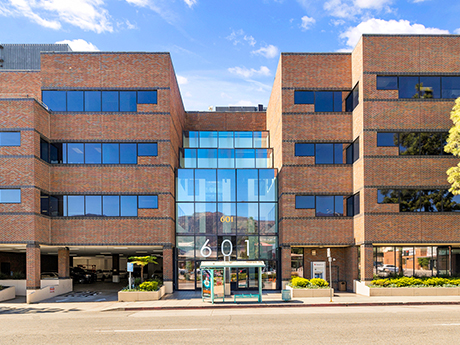— By Scott Romick —
The Western region is going through a lot of changes when it comes to the office market. Downtown San Francisco, in particular, was a large tech hub with so much infrastructure prior to the pandemic, but it’s currently become more of a ghost town. Because hybrid and remote work is common now, many of the workers who are back to the office have moved to local submarkets that offer faster commutes, more efficiency, affordability and other key factors.
Southern California, on the other hand, is a growth market. Suburban areas like the San Fernando Valley’s Sherman Oaks — which has become more active than the West Valley — continues to expand its population. This helps the office market as well as existing and new retailers. Even pockets like Encino, Studio City and Burbank have become more populous, attracting a young workforce given their proximity to local restaurants, coffee shops and parks.
Unfortunately, Downtown Los Angeles is still struggling to recover as a central business district, Century City is rebounding slowly and Santa Monica is shifting in its downtown area, given the nature of office structures and their footprints.
Hybrid & Regionalized Real Estate
The hybrid work environment is here to stay, according to a study by Gartner. Fully remote and hybrid workers are expected to account for 71 percent of the U.S. workforce in 2023. The thriving office of the future is one where with a hybrid model for employees, who now balk at long commutes. This gives regionalized real estate a key role in the areas where employees want to work and may benefit some suburban markets that have access to local amenities like walkable restaurants, on-site amenities and ease of access to homes.
Here in Southern California, it’s no surprise that companies are leasing smaller footprints, but their offices are also in centralized locations that often boast many amenities.
In fact, we recently closed a series of office leases in the downtown Burbank office submarket, attracting a diverse tenant mix and increasing occupancy from 64 percent to 85 percent in one building alone. What was the draw? The building — 601 South Glenoaks Blvd. — is a property with a local community-based tenancy from a particularly strong and growing area given its access to retail, freeways and public transportation. It is also one of Los Angeles’ historically strong submarkets.
Here, the tenant mix includes a range of businesses from an adult day care facility to a mental wellness center for teens, a prominent entertainment company and a financial services company. These are all local-based or local-served businesses. In addition to being about who the tenant is, this office market is also about the desirability of the submarket. As a result, there is an increasing demand for the suburban/low-rise asset class — and location reigns supreme.
If You Build It … They will Come
The future of office space is also in the hands of landlords as they need to make it desirable for businesses to come to their buildings by helping the tenants imagine how it could be. A building with dated space and common areas will have a harder time than the landlord who is proactive with building renovations and spec suites. If there is too much ambiguity when it comes to what needs to be done in the space — or how it might look once it’s fully built out — a prospective client might decide to pass.
In this market, more and more tenants want a space that’s already complete, even if it’s a spec suite. A potential tenant often doesn’t have any additional energy to invest in developing space. They’d prefer to simply add finishing touches and move in. But remember, in today’s market, the quality of the space is everything, particularly as employees resist the commute.
Today’s office tenant needs to focus on promoting what makes their space the best. This could be the location, access to local amenities or even on-site EV charging stations. Showcasing these attributes can prove to employees that this is, in fact, the best place to be. If there are 10 other buildings in the area priced similarly and that all look the same, there has to be enough of a draw to make your property stand out over something else. The landlord who is ready, willing and able often wins the deal.
The Future
The office market will rebound and continue to evolve in its own way in the next six to 12 months. For those submarkets and buildings that can accommodate the modern worker’s needs, there will be leasing activity. Companies will be able to keep their employees engaged through smart planning, allowing them to work flexibly and providing the type of environment that will keep them coming to the office. Winners in the office market will remember that their office location, footprint, on-site and local amenities — and, of course, listening to their employees — will keep them thriving.
Scott Romick, Managing Director and Principal, Lee & Associates — LA North/Ventura


